Located about 900 miles from Lisbon in the middle of the Atlantic Ocean, the Azores are a stunning archipelago made up of nine volcanic islands. I’ve wanted to visit for years, and when I finally had the chance to explore São Miguel Island, I focused on one goal: learning how to photograph the Azores in a way that captured their wild beauty.
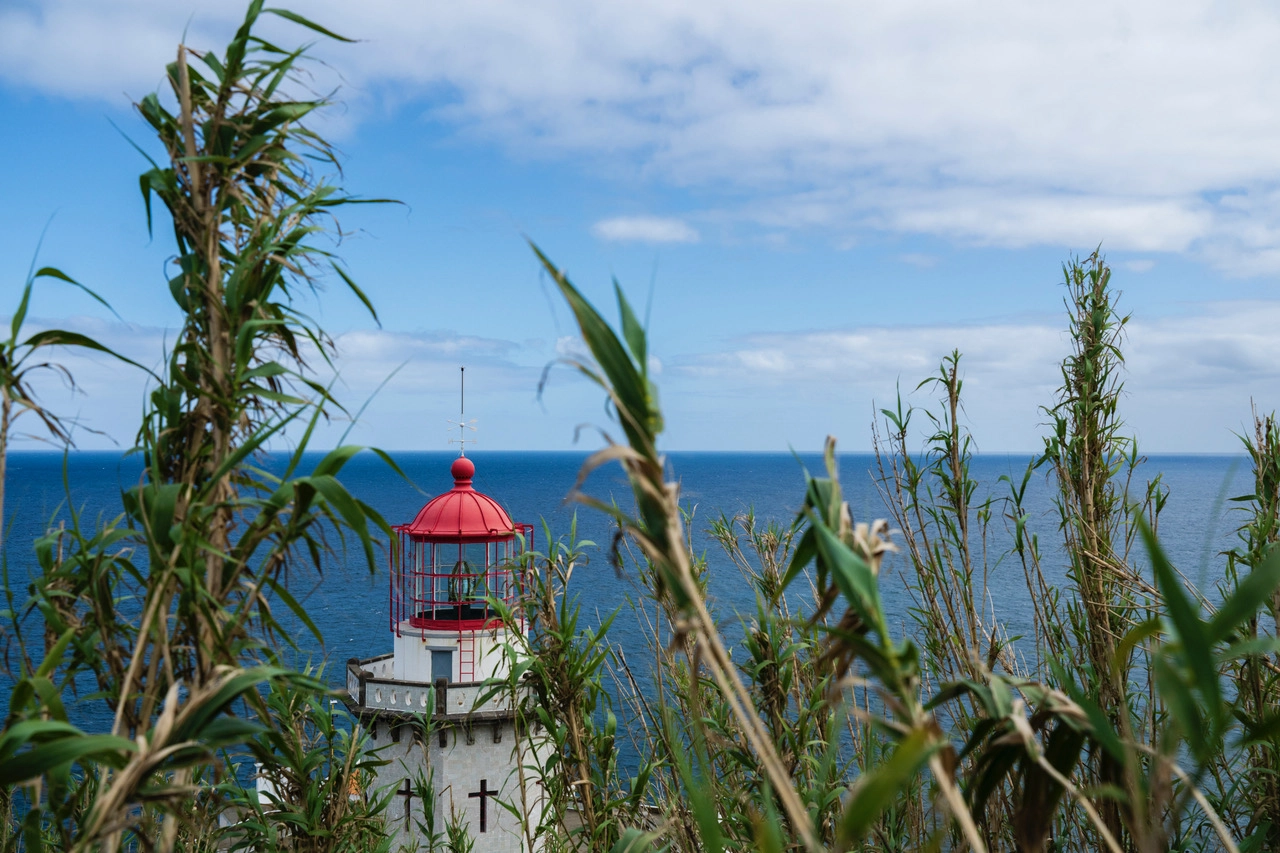
What You’ll Learn in This Post:
- How to photograph the Azores beyond typical travel snapshots
- Creative composition tips using color, scale, and contrast
- How to capture water, landscapes, and night scenes with the right settings
- Ways to tell a stronger story through detail and mood
- Why São Miguel Island is a hidden gem for travel photographers
By Guest Contributor André Costantini
As a photographer, the Azores are a dream—saturated greens, dramatic coastlines, mist-covered lakes, and black volcanic rocks. The landscape reminded me of a beautiful mashup between Ireland and Maui, which made photographing this place even more exciting.
But photographing a place like the Azores also means being smart about what camera gear to pack. Weather can change quickly, and you’ll often find yourself hiking through humid forests, standing near waterfalls, or shooting in light rain. Having a lightweight travel photography kit that’s easy to carry but can handle the elements is key.
I prioritized gear that was compact, flexible, and included weather-sealed camera gear that could handle moisture and mist. A good travel tripod, lens wipes, extra batteries (you’ll burn through them on cooler, damp days), and the right lens go a long way. The goal is to be ready for anything—without carrying everything.
My Favorite Travel Lenses

When it comes to travel, the Tamron 35-150mm F/2-2.8 Di III VXD lens has become my go-to lens. It offers an incredibly useful zoom range, excellent image quality, and performs beautifully in low light, making it, in my opinion, one of the best all-around lenses for travel photography. If you’re looking for a lighter weight camera lens, the Tamron 28-200mm F/2.8-5.6 Di III RXD lens is a staple in my camera bag.
Tamron 35-150mm F/2-2.8 Di III VXD Lens
- Standard zoom lens covers everything from wide-angle landscapes to tight portraits
- Fast aperture is perfect for low light, night scenes, and subject isolation
- Provide super-fast f/2.0 aperture at wide angle, and f/2.8 fast aperture at telephoto
- Sharp across the range with beautiful rendering
- Built-in zoom lock and weather sealing make it reliable in changing travel conditions
- Designed for both Sony E-mount and Nikon Z mount mirrorless cameras
Tamron 28-200mm F/2.8-5.6 Di III RXD Lens
- Ultra-versatile focal range from wide to super-telephoto for Sony E-mount cameras
- Compact and lightweight—excellent for travel, hiking, and day trips
- Starts at f/2.8 for low-light flexibility at the wide end
- Great all-in-one zoom solution when you want to pack light without sacrificing reach and compact—great for long hikes or minimalist travel
- Weather-sealed for confidence in shooting in any climate
- A versatile and budget-friendly option that doesn’t sacrifice quality
Each of these lenses offers a different advantage depending on your travel style, but both have earned a permanent spot in my camera bag. If you’re wondering what lens to bring to the Azores, either of these would be a solid choice.
7 Tips for Photographing the Azores Like a Pro
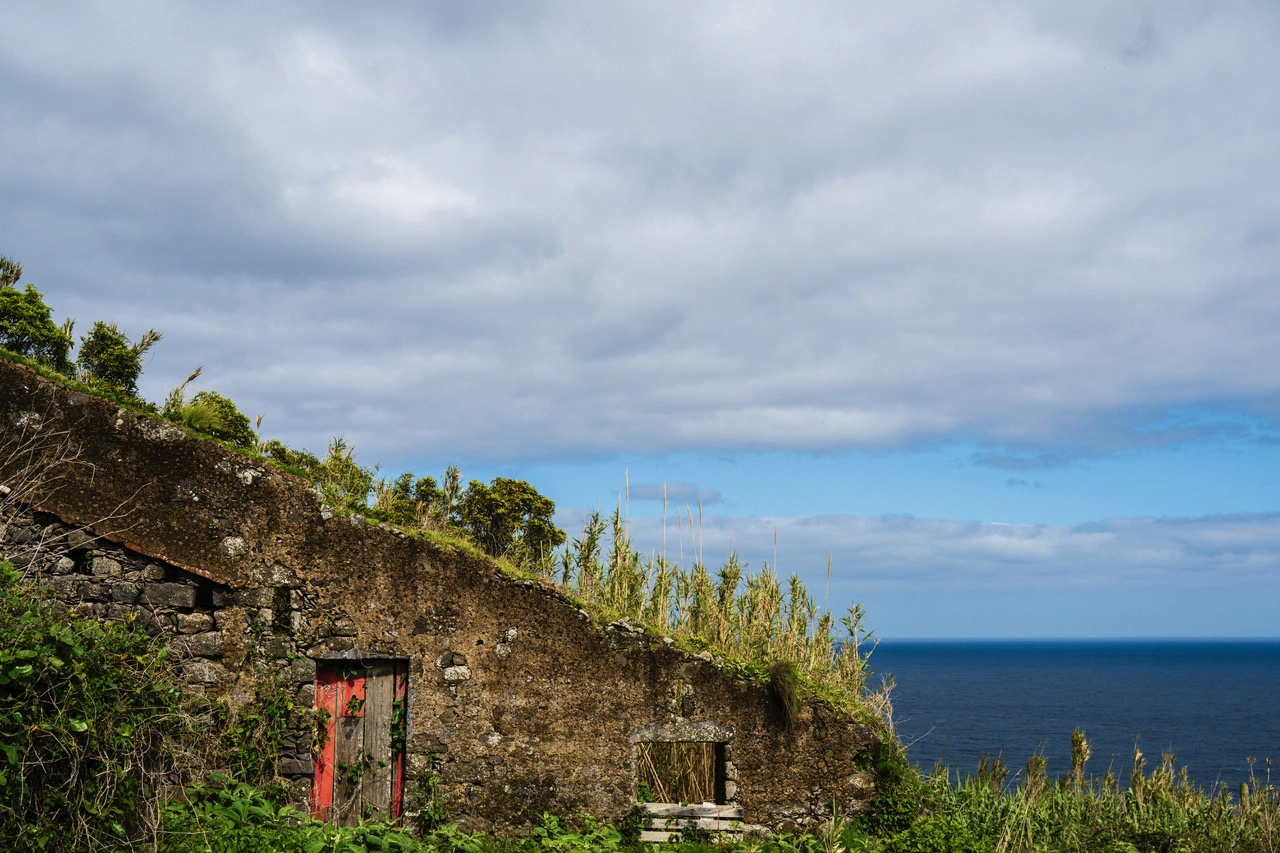
The Azores are a haven for hiking photography, with winding trails that lead to crater lakes, waterfalls, and panoramic ocean views. São Miguel especially offers opportunities that blend nature and adventure—perfect for anyone looking to dive into travel photography in Portugal beyond the mainland.
Here are a few travel photography tips I used while capturing this unique island. These ideas go beyond basic snapshots and focus on techniques that help tell the story of a place in a deeper, more creative way.
TIP 1. Use Color as a Compositional Element

One of the first things that struck me about São Miguel was the rich color palette—from the neon greens of the moss to the orange rooftops and deep blues of the crater lakes. I often look for a pop of color and think about where to place it in the frame. A red jacket in a green forest or a yellow flower against black rock can turn a simple scene into a bold image.
TIP 2. Experiment with Shutter Speeds Around Water
Photographing water in the Azores is a must. Between hot springs, waterfalls, and crashing waves, I had plenty of opportunities to play with shutter speed. I like to slow it down to 1/15 or 1/30 of a second to create a soft, dreamy effect.
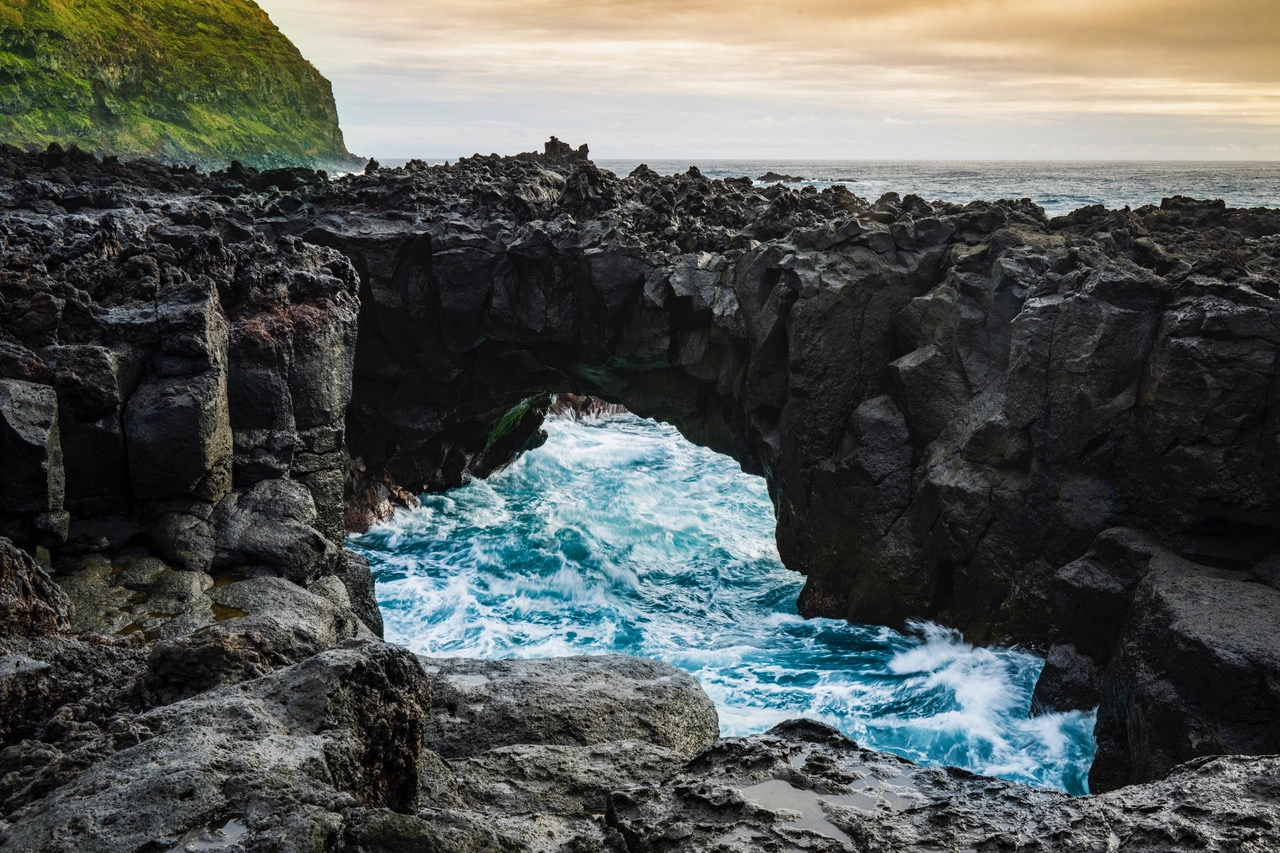
On the flip side, using a fast shutter—like 1/1000—freezes motion and captures the power of the water.
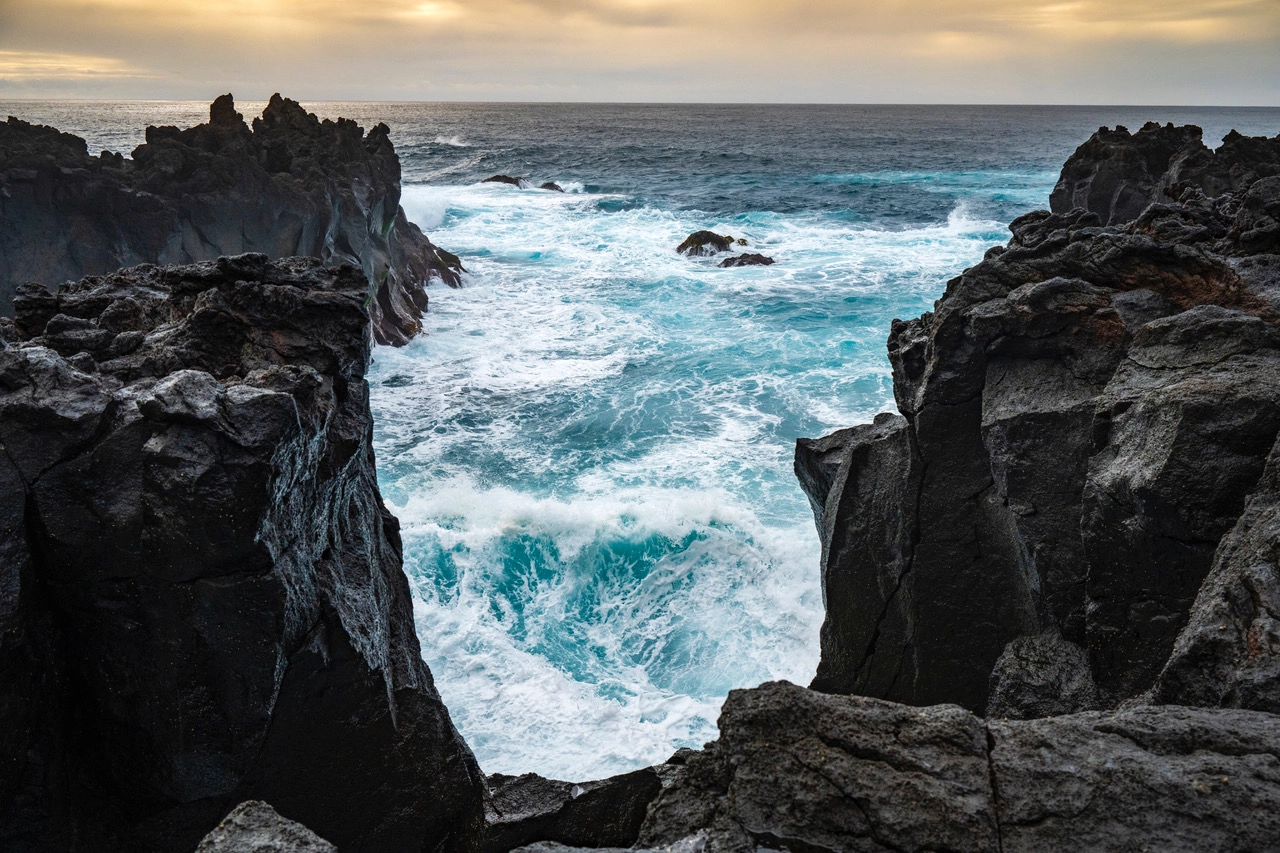
Both can work beautifully depending on the mood I want to create. If you’re wondering what camera settings to use for waterfalls, experimenting with shutter speed and using a tripod can completely transform your shot.
TIP 3. Chase the Light (But Be Ready Anytime)

Good light transforms everything. While sunrise and sunset are usually golden hours, the Azores are known for moody skies and shifting clouds, so I kept my camera close even in the middle of the day. I always remind myself to stop when the light is good—whether it’s backlighting through the trees or a sunbeam hitting the hills.
TIP 4. Shoot at Night with a Fast Lens

Some of my favorite images from this trip were taken at night. Using a fast lens like the Tamron 35-150mm F/2.0-2.8, I was able to capture stars, street scenes, and atmospheric twilight moments with ease. Night photography in the Azores is underrated, and the low light pollution really helps.
TIP 5. Focus on the Details
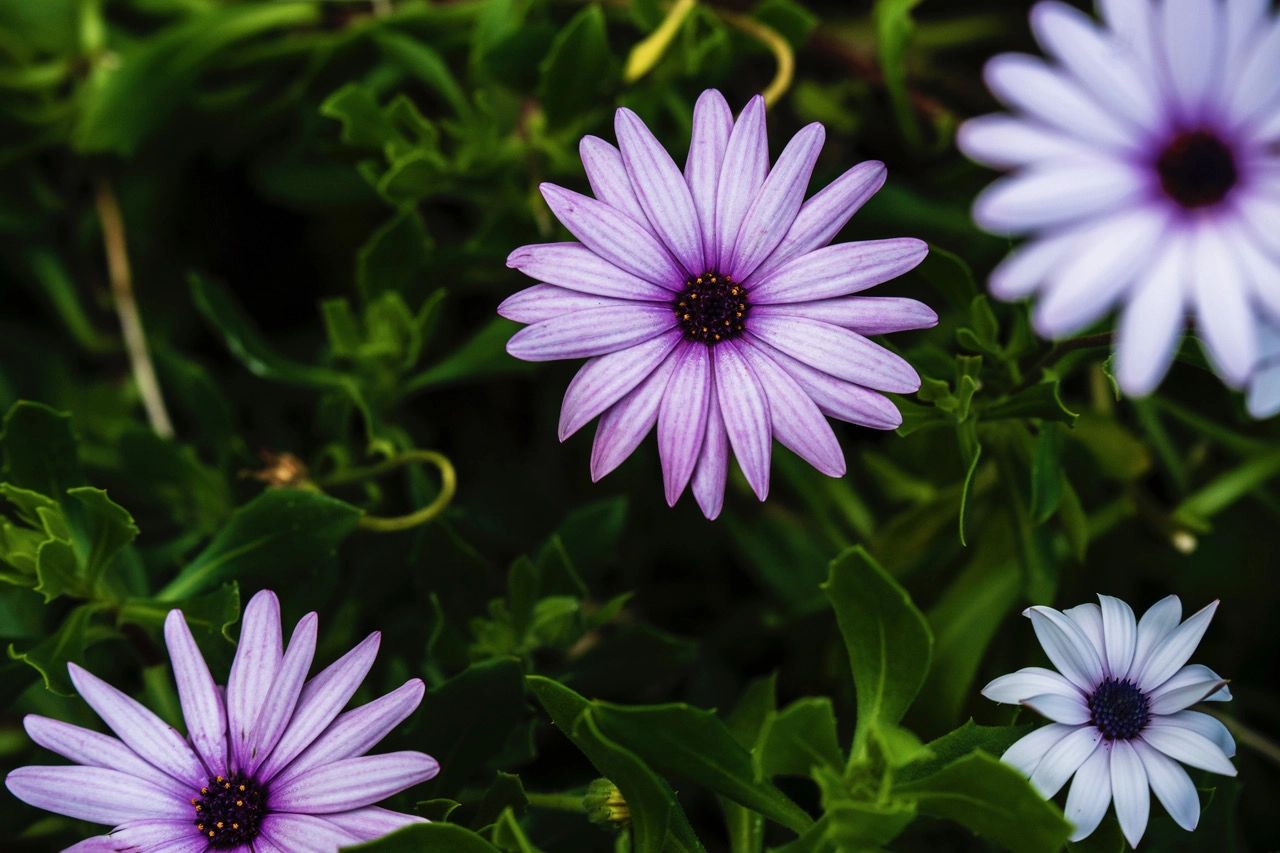
Travel photography isn’t just about wide landscapes. I try to slow down and notice the small things—a fishing net hanging on a wall, the texture of lava rock, patterns in the pavement. These images add depth to the overall story and help me remember how a place felt, not just how it looked.
TIP 6. Use People to Show Scale
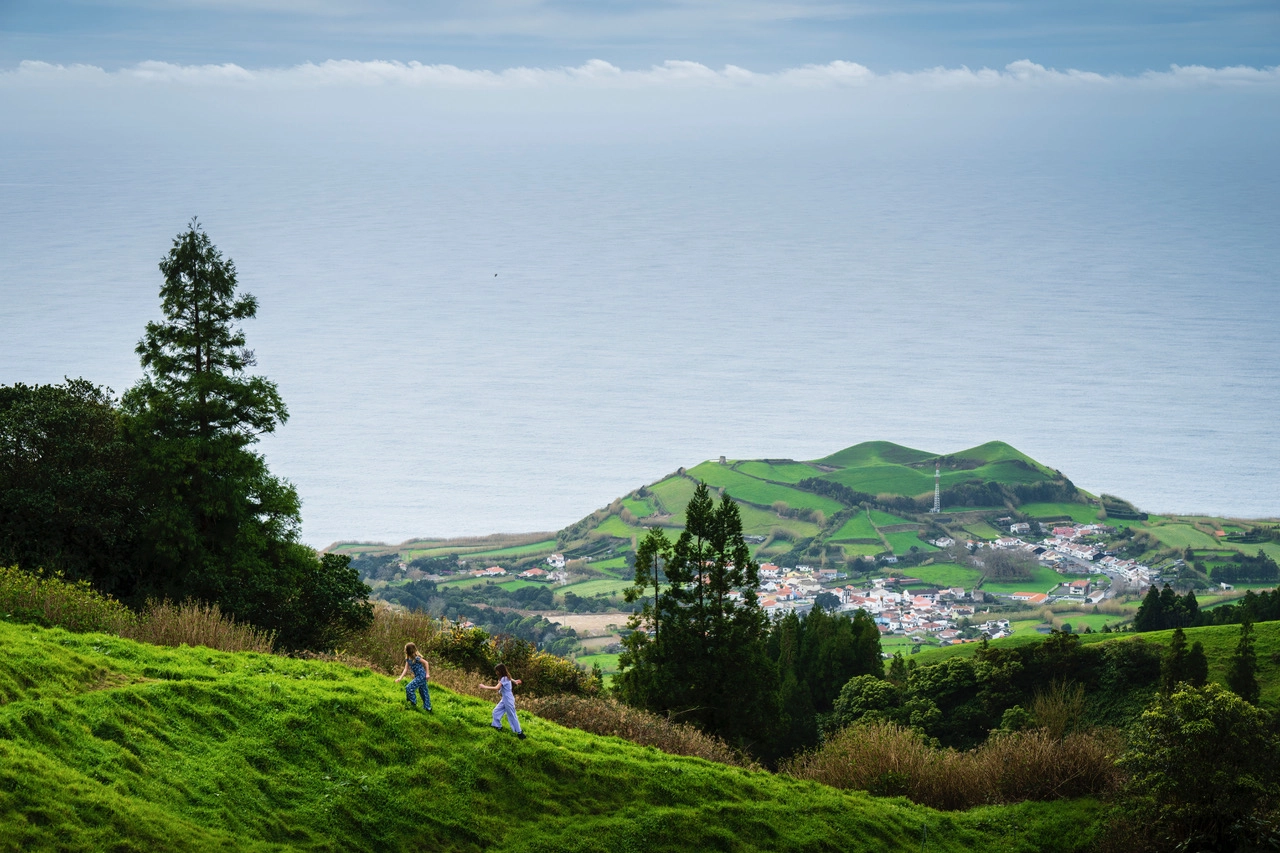
In a landscape as vast and cinematic as the Azores, including a person in the frame can add a strong sense of scale. Whether it’s a hiker on a ridge or someone standing on a volcanic beach, the human element brings perspective and relatability to the image.
TIP 7. Try Muted or Monochromatic Tones

While color is powerful, some scenes lend themselves better to a muted palette. Misty mornings, cloudy cliffs, and volcanic textures often work beautifully in black and white or with a subdued look. This is where monochrome landscape photography really shines. It shifts the focus to form, contrast, and atmosphere—an approach I often use when I want to capture moody landscapes with depth and emotion.
Final Thoughts on How to Photograph the Azores
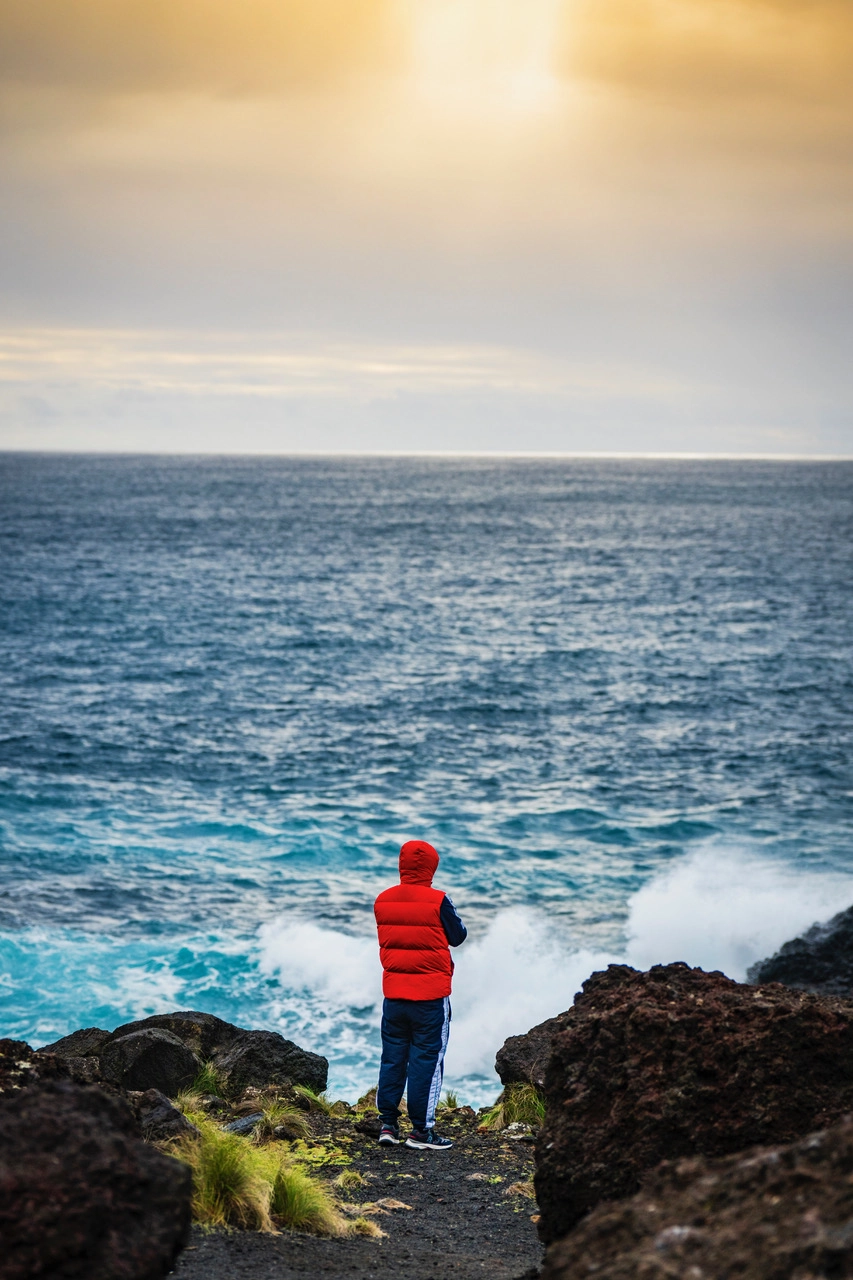
Photographing São Miguel Island was one of the most inspiring travel experiences I’ve had. From the vast landscapes to the tiny details, every corner of this island was a photo waiting to happen. Whether you’re just starting out or refining your style, I hope these travel photography tips help you see new possibilities when you pick up your camera.
Learn more about Tamron lenses at an authorized Tamron dealer near you or visit the TAMRON Store.
If you’re planning a trip to the Azores, bring your curiosity, your hiking boots, and your lens of choice. You won’t be disappointed.
